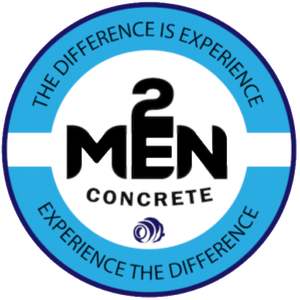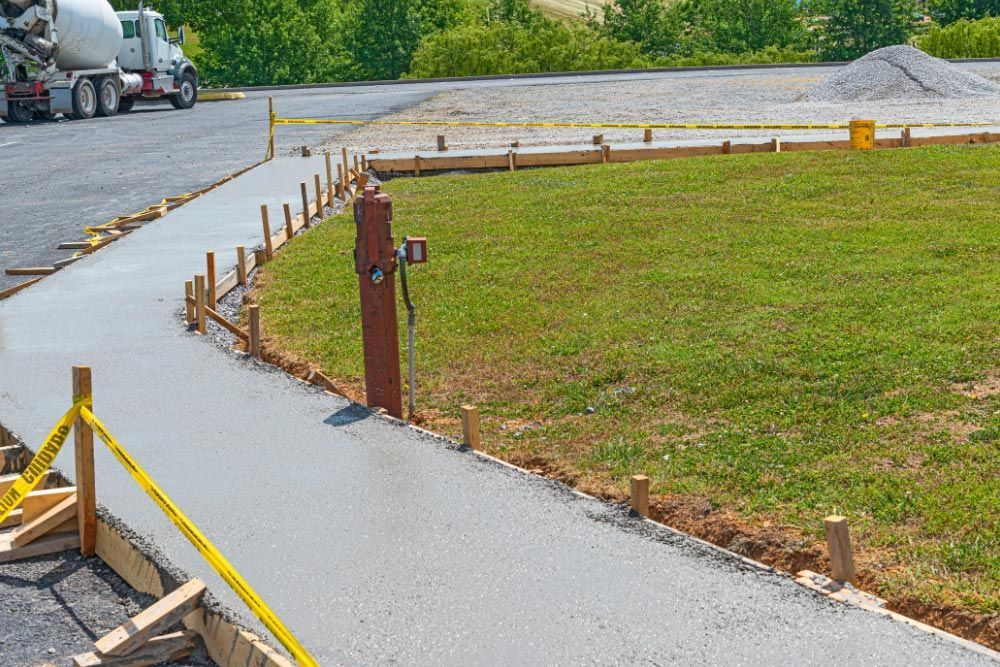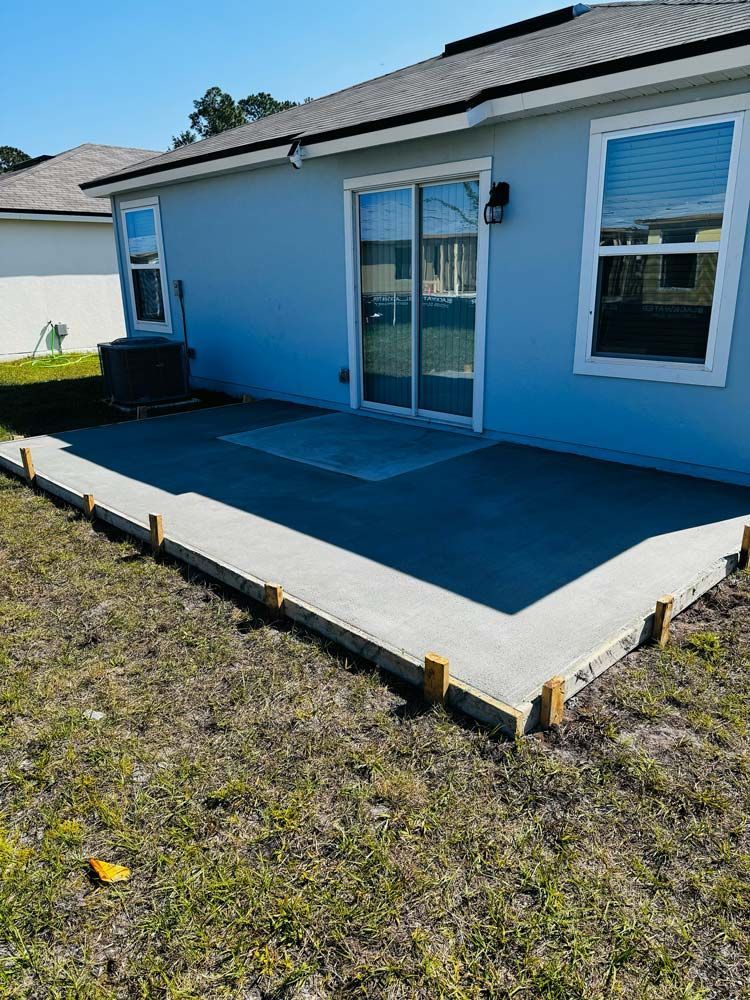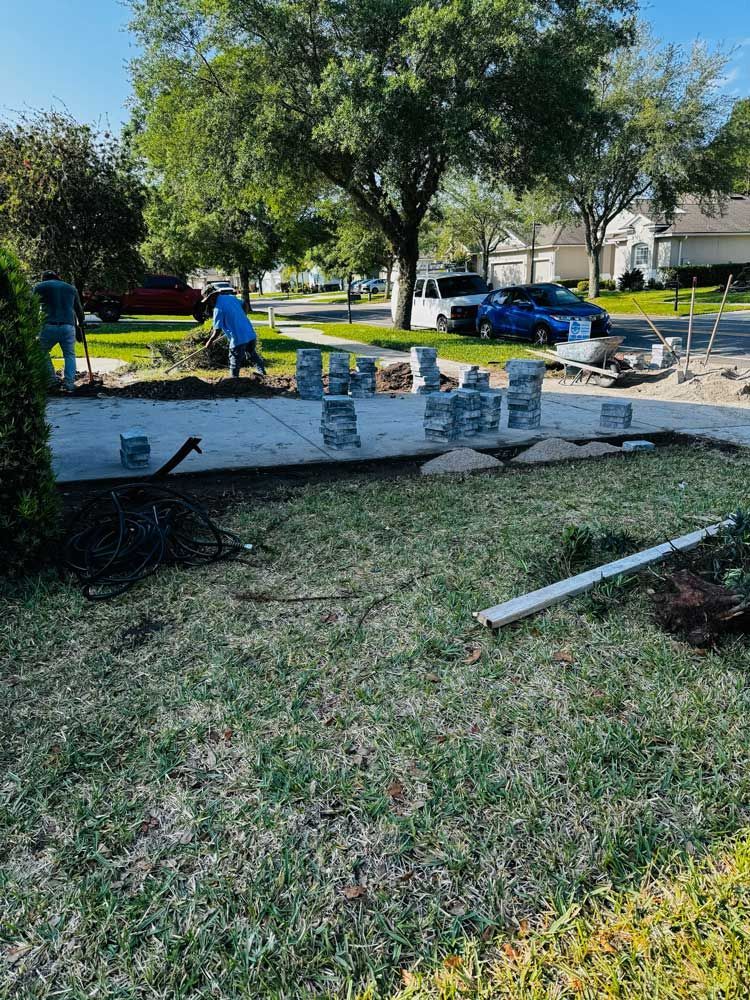Complete Guide to Maintaining a Concrete Driveway
Concrete driveways are one of the most popular choices for homeowners thanks to their durability, strength, and clean appearance. With proper care, a concrete driveway can last 30 years or more, but without regular maintenance, issues like cracks, stains, and surface wear can appear much sooner.
This guide will walk you through everything you need to know about maintaining a concrete driveway, from cleaning and sealing to repairing cracks and preventing long-term damage. Whether your driveway is brand new or several years old, these steps will help you protect your investment and keep it looking great for decades.
Why Concrete Driveway Maintenance Matters
Many homeowners think of concrete as a “set it and forget it” material. While it’s true that concrete is extremely durable, it is not completely maintenance-free. Over time, exposure to weather, vehicle traffic, oil spills, and freeze-thaw cycles can cause damage if the surface is neglected.
Regular maintenance helps:
- Extend the lifespan of your driveway (up to 30–40 years).
- Prevent costly repairs such as major resurfacing or replacement.
- Maintain curb appeal and home value.
- Ensure safety by reducing cracks, uneven surfaces, and slippery areas.
Step 1: Routine Cleaning
Concrete driveways should be cleaned at least once or twice a year, though high-traffic areas may need quarterly cleaning.
Cleaning Methods
1. Basic Cleaning
- Use a stiff broom or leaf blower to remove dirt and debris.
- Rinse the surface with a garden hose.
2. Pressure Washing
- Use a pressure washer (3000 PSI recommended) to remove embedded dirt, mold, and mildew.
- Keep the nozzle at least 12 inches from the surface to prevent etching.
3. Removing Stains
- Oil & Grease: Apply cat litter, baking soda, or a degreaser, then scrub with a stiff brush.
- Rust: Use a mixture of lemon juice and water or a commercial rust remover.
- Mold & Mildew: Clean with a diluted bleach solution (1 part bleach to 3 parts water).
Step 2: Sealing Your Concrete Driveway
Concrete is porous, meaning it absorbs water, oil, and other contaminants. Sealing provides a protective barrier against stains, moisture penetration, and freeze-thaw damage.
How Often to Seal
- Most experts recommend resealing every 2–3 years.
- In colder climates with heavy snow and salt use, seal every 1–2 years.
Best Sealers for Driveways
- Acrylic sealers: Affordable and provide good protection.
- Penetrating sealers: Absorb into concrete, offering long-lasting defense against water and salt.
- Epoxy/Urethane sealers: Strong protection but usually overkill for residential driveways.
Application Process
- Clean the driveway thoroughly.
- Allow the surface to dry completely (24–48 hours).
- Apply sealer using a roller or sprayer.
- Let it cure (usually 24 hours) before driving on it.
Step 3: Crack Repair and Patching
Even the best driveways may develop small cracks over time due to settling or temperature changes. Ignoring them allows water to seep in, causing further damage during freeze-thaw cycles.
Types of Cracks
- Hairline cracks: Small and superficial, usually cosmetic.
- Shrinkage cracks: Appear shortly after concrete is poured.
- Settlement cracks: Caused by soil movement beneath the driveway.
- Expansion cracks: Result from temperature changes and lack of control joints.
Repair Methods
- For hairline cracks: Use a liquid crack filler or concrete caulk.
- For larger cracks: Clean out debris, fill with patching compound, and smooth with a trowel.
- For deep or wide cracks: Consider professional repair or resurfacing.
Step 4: Preventing Stains and Surface Damage
Concrete is prone to staining from oil, grease, fertilizers, leaves, and de-icing salts. Preventing stains is easier than removing them later.
Prevention Tips
- Place drip trays or mats under vehicles.
- Avoid using harsh de-icing salts (choose sand or calcium magnesium acetate instead).
- Rinse off fertilizer, mulch, and leaves quickly to prevent discoloration.
- Seal the driveway regularly to create a protective barrier.
Step 5: Seasonal Care for Concrete Driveways
Winter Care
- Use plastic shovels instead of metal to avoid scratching.
- Avoid chemical de-icers containing ammonium nitrate or ammonium sulfate.
- Keep the surface clear of snow and ice to prevent freeze-thaw damage.
Summer Care
- Prevent overheating by rinsing with water during extreme heat.
- Address expansion cracks promptly.
Fall Care
- Remove leaves quickly to prevent tannin stains.
- Reseal before winter if due for a new coat.
Spring Care
- Inspect for cracks after freeze-thaw cycles.
- Deep clean and reapply sealer if needed.
Step 6: Resurfacing and Major Repairs
If your driveway has widespread cracks, spalling (surface flaking), or pitting, basic patching may not be enough.
Options
1. Resurfacing
- A thin layer of concrete overlay restores appearance and adds protection.
- More affordable than full replacement.
2. Replacement
- Needed when the base layer is compromised or damage is extensive.
- Expensive but may be the best long-term solution.
Cost of Driveway Maintenance
| Service | Average Cost (2025) | Notes |
|---|---|---|
| Pressure Washing | $0.15 – $0.30 per sq. ft. | DIY or hire pros |
| Sealing | $0.50 – $2.00 per sq. ft. | Depends on sealer type |
| Crack Filling | $3 – $5 per linear foot | Larger cracks cost more |
| Resurfacing | $3 – $7 per sq. ft. | Overlay application |
| Full Replacement | $6 – $12 per sq. ft. | Includes base prep |
Common Mistakes to Avoid
When maintaining or repairing concrete, homeowners often make errors that can shorten the life of the surface. Avoid these common mistakes to keep your concrete strong and long-lasting:
- Using harsh chemicals like ammonia, de-icing salts, or strong acids that can weaken concrete over time.
- Skipping surface prep before sealing, which reduces adhesion and protection.
- Ignoring small cracks that can expand due to moisture and temperature changes, leading to costly repairs.
- Overusing high-pressure washers that can erode the surface and expose aggregate.
Instead, use gentle cleaning methods, seal regularly, and address cracks early to extend the lifespan of your concrete.
Final Thoughts
Concrete driveways are built to last, but only if they are properly cared for. Routine cleaning, sealing, and quick repairs can prevent minor issues from turning into major expenses. While concrete may appear low-maintenance, investing a little time each season will help you avoid premature cracking, staining, and structural damage.
Whether you tackle the upkeep yourself or hire professionals for more complex repairs, consistent maintenance will keep your driveway looking sharp and performing well for decades. Think of it as protecting both your investment and your home’s curb appeal.
Frequently Asked Questions
How often should I reseal my concrete driveway?
Most driveways should be resealed every 2–3 years. However, in regions with harsh winters, heavy vehicle use, or frequent de-icing salts, resealing every 1–2 years provides extra protection. Always check if water beads on the surface, if it doesn’t, it’s time to reseal.
What is the best way to remove oil stains from a concrete driveway?
For fresh oil spills, sprinkle cat litter, sawdust, or baking soda to absorb the oil, then scrub with dish soap and hot water. For older, stubborn stains, a commercial degreaser or poultice may be required. Pressure washing can also help, but avoid letting oil penetrate for too long.
Can I use rock salt to melt ice on my concrete driveway?
It’s best to avoid traditional rock salt (sodium chloride) because it can cause scaling, pitting, and surface damage. Safer alternatives include calcium magnesium acetate or sand for traction. If you must use a de-icer, choose one labeled as concrete-safe.
How do I know if my driveway needs resurfacing or full replacement?
- Resurfacing is appropriate for surface issues like small cracks, discoloration, or minor spalling.
- Full replacement is needed if the driveway has widespread cracking, sinking, drainage problems, or a damaged base layer. A contractor can inspect and recommend the best option.
Is it worth hiring a professional for sealing, or can I do it myself?
DIY sealing is possible with the right tools, but professionals often use higher-quality sealants and application methods, which can last longer. If your driveway is large or heavily stained, hiring a pro may save you time and ensure a more durable finish.
What’s the biggest mistake homeowners make when maintaining concrete driveways?
The most common mistakes include ignoring small cracks, using harsh de-icing salts, and failing to reseal regularly. Many also make the error of pressure washing at too high PSI, which can weaken the surface. Being proactive with seasonal care is the best way to avoid costly repairs.



